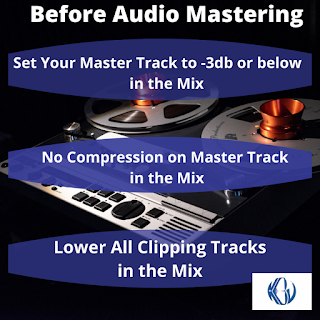Compression Before EQ or EQ Before Compression

SHOULD I ADD COMPRESSION BEFORE EQ OR EQ BEFORE COMPRESSION? As an old rule, it is customary to add compression after EQ. This produces a more warm and mushed together sound. When compression is applied before EQ, you typically get a more crisp and stand out type of sound. When should I use each? If a piece of audio needs a lot of work in the EQ department, it could be useful to add compression before EQ so that you can benefit the most from your EQ adjustments. Compression will not squash out much of your EQ adjustments with this method. If the audio is almost perfect and will not need very much EQ, it could be useful to add your compression after the EQ. With this method, you won’t change the sound very much and will instead add more warmth and control to the audio. Why do you get two types of sounds? When you add compression after EQ, the compression attempts to bring the lower volume dynamics in the song ...


